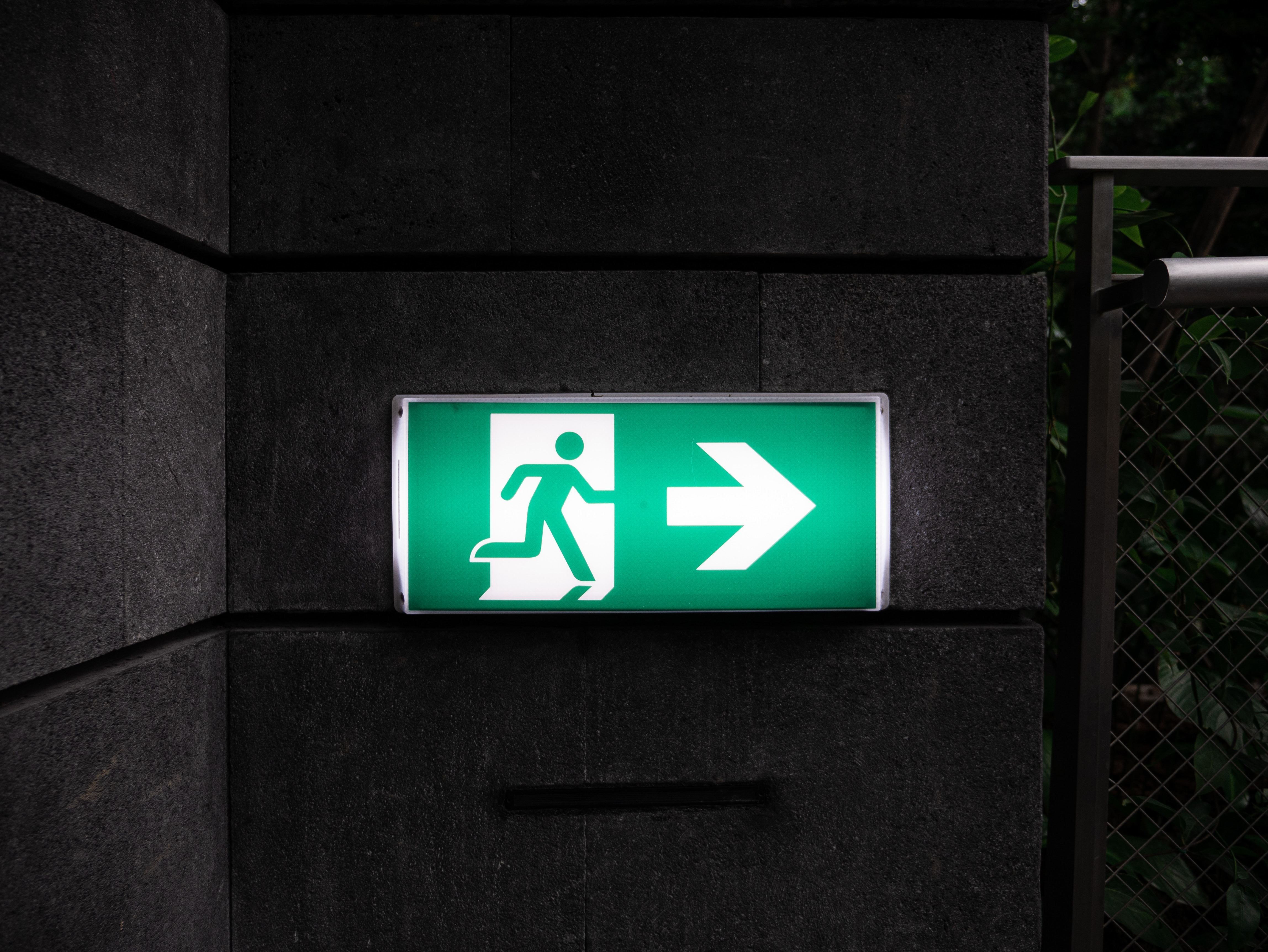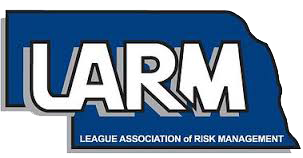
Have you checked to make sure that your public spaces have adequate exits and exit signage? One of the worst public safety catastrophes is that of the Rhode Island nightclub fire in which the exit routes were not adequate for the crowd of people who tried to leave the premises quickly. Over a hundred people died and another 230 people were injured mainly because they couldn’t leave the building. Since then, safety officials have learned from this catastrophe and taken steps in both public and private venues to ensure the safe evacuation of those inside in the case of an emergency.
Here are some criteria you can refer to when assessing whether your buildings are set up so that occupants are able to find a quick and safe exit in the time of an emergency.
Is there adequate signage? No one should have to search for the exit doors if they need to get out of a building quickly. Newer signs include a picture of a person and an arrow rather than the word “Exit.” There should be clear exit signage that is ideally lit up and operational even in the case of an electrical outage. Take a test run to see if people can easily see where the exits are from different areas of the building.
If there are doors that are clearly not exit routes, label them as such. Put a “Not an Exit” sign on those doors or “Kitchen” or “Closet” so valuable time isn’t spent going into rooms that do not provide a safe exit.
It may be tempting, but never allow extra bleachers, stacked chairs, mops or any other objects to be placed in front of an emergency exit door. People are apt to get ho-hum about keeping the route clear to doors that are never used even though they are vital in an emergency. Signs may have to be posted by emergency exit doors reminding people to never put items that would block the path to the door.
Test emergency doors to ensure they are always unlocked from the inside. At the same time, you can test whether the doors and handles operate correctly. Exit doors should always swing out so that the flow of traffic is not impeded when people are leaving the building.
In a larger building, you may need to put up signs that provide a map of paths to the exits. Post signs in every part of the building that show clearly where a person needs to go to find the nearest exit door. Even if a building is under construction, everyone inside should have access to emergency exits and in no way should the paths to those exits ever be blocked.
An emergency exit may not mean anything to citizens until there’s a fire or an active shooter and they or their loved ones need to use a quick and safe exit route to leave the premises. Regularly check your exit strategies in your public buildings and train employees to keep exit routes clear and exit doors operational. It’s a habit that may someday save lives.
